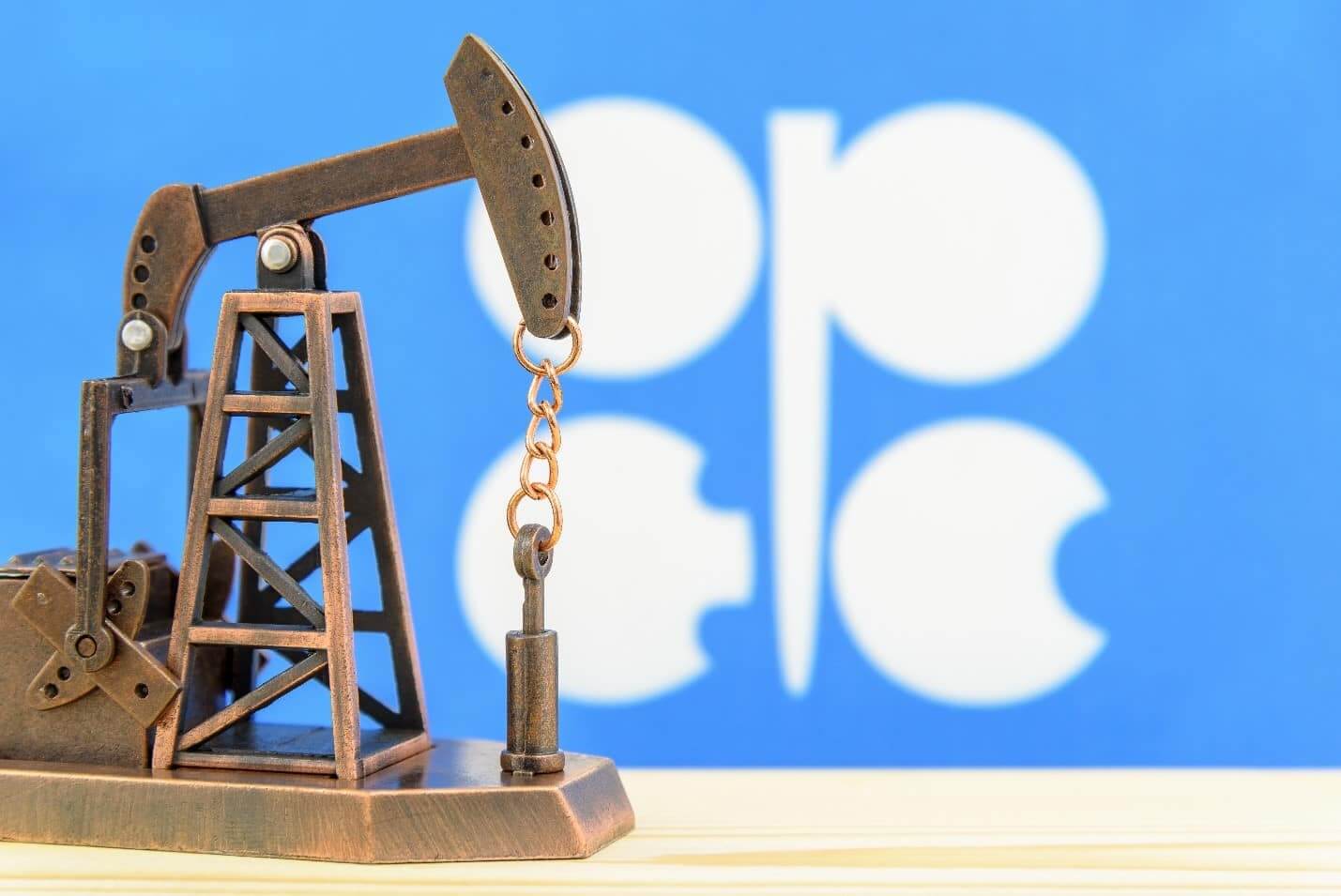
The Impact of Cheap Oil: Balancing Act in a Volatile Market
Oil prices have been on a rollercoaster ride recently, with fluctuations driven by a multitude of factors. While “cheap oil” may sound like a boon for consumers, it’s essential to delve deeper into the intricacies of this volatile market. We’ll explore how the recent dip in oil prices is linked to various economic indicators and supply dynamics. As we journey through the world of refined oil, oil profit, and the fractional distillation of crude oil, we’ll also touch upon the question many are pondering: Is it a good time to buy oil?
The U.S. Federal Reserve’s Influence
One significant factor impacting the price of oil is the stance of central banks, particularly the U.S. Federal Reserve. Recently, oil prices experienced their most significant drop in a month, largely due to the Federal Reserve’s decision to maintain interest rates while signaling potential future hikes. This policy shift, projecting a quarter-percentage-point increase by year-end, has raised concerns about economic growth and fuel demand. Furthermore, it led to a surge in the U.S. dollar’s value, making commodities, including oil, more expensive for international buyers.
Central Banks’ Moves
The Federal Reserve is not the only central bank affecting the oil market. The Bank of England also opted to hold interest rates, albeit with a cautious outlook on inflation. Meanwhile, Norway’s central bank surprised the market by raising its benchmark interest rate and hinting at another hike in December. These actions ripple through the oil market, influencing investor sentiment and, consequently, oil prices. It’s a delicate balance between stimulating economic growth and controlling inflation.
Supply Dynamics and Profit Margins
One crucial aspect of the oil market is the process of refining crude oil into various petroleum products. This is where refined oil and oil profit come into play. While crude oil prices are crucial, refining margins also have a significant impact on the overall cost of oil products. As crude inventories fell in line with expectations last week, some analysts found the decline smaller than anticipated. This prompted traders to lock in profits, given the recent 10% gain since the start of the month. Understanding the dynamics of refining and its relationship with crude prices is essential for anyone considering investing in oil.

The OPEC Factor and Tight Supply
Despite recent price declines, the oil market remains influenced by fractional distillation of crude oil and global supply dynamics. Crude stocks at Cushing, a vital hub for oil deliveries, are at their lowest since July 2022. Moreover, the Organization of the Petroleum Exporting Countries (OPEC) and its allies continue to implement production cuts. These factors contribute to concerns about tight supply as we enter the fourth quarter. The balance between production cuts and global demand is a key factor in determining the future direction of oil prices.
Is It a Good Time to Buy Oil?
With all these variables at play, many investors are contemplating whether now is the right time to buy oil. The answer is not straightforward, as it depends on your risk tolerance and investment strategy. The current market presents opportunities for those who understand the nuances of the oil industry and closely monitor economic indicators.
The recent fluctuations in oil prices underscore the complexity of the market. While the term “cheap oil” might catch headlines, the underlying factors driving these price movements are multifaceted. From the influence of central banks and refining dynamics to OPEC’s production decisions, there’s much more to consider than meets the eye. As investors weigh the pros and cons of buying oil, they must navigate a market where “cheap oil” is just one piece of the puzzle.




